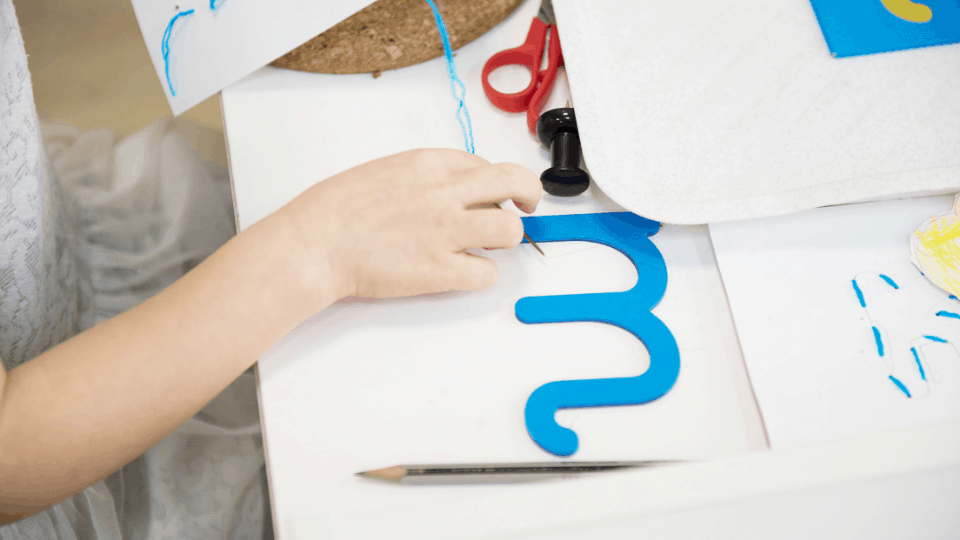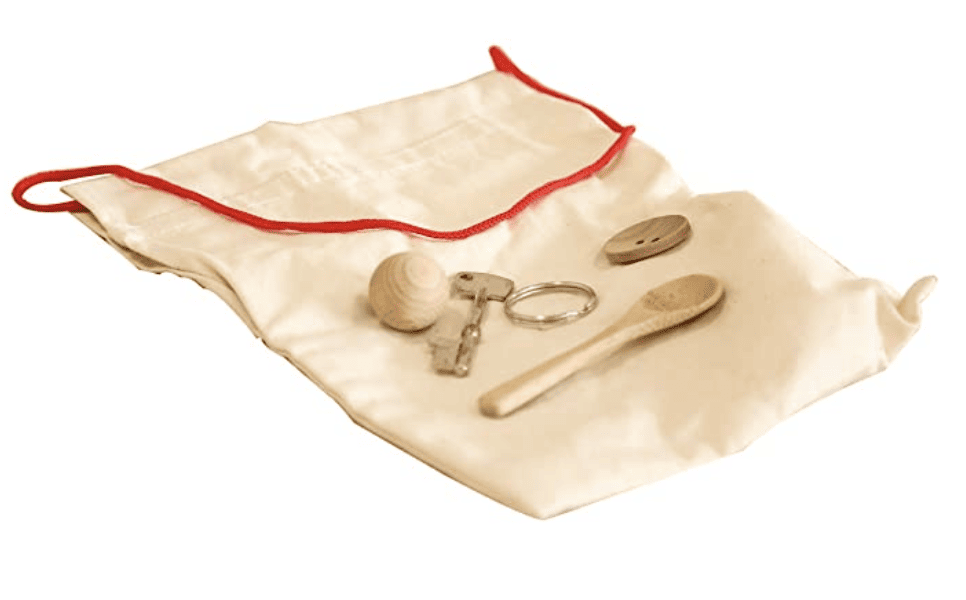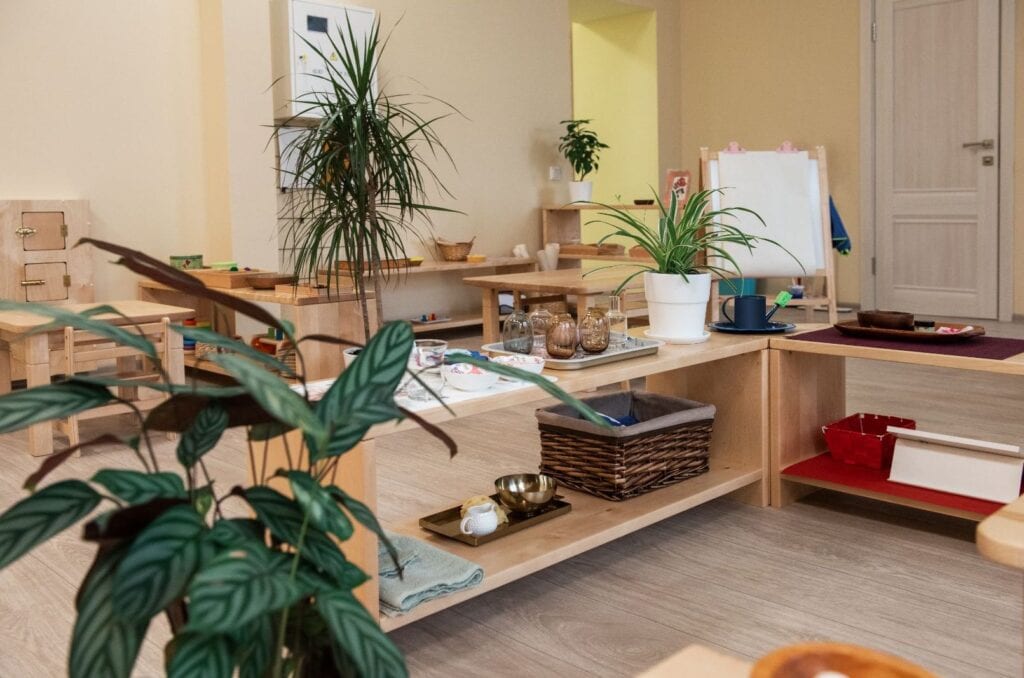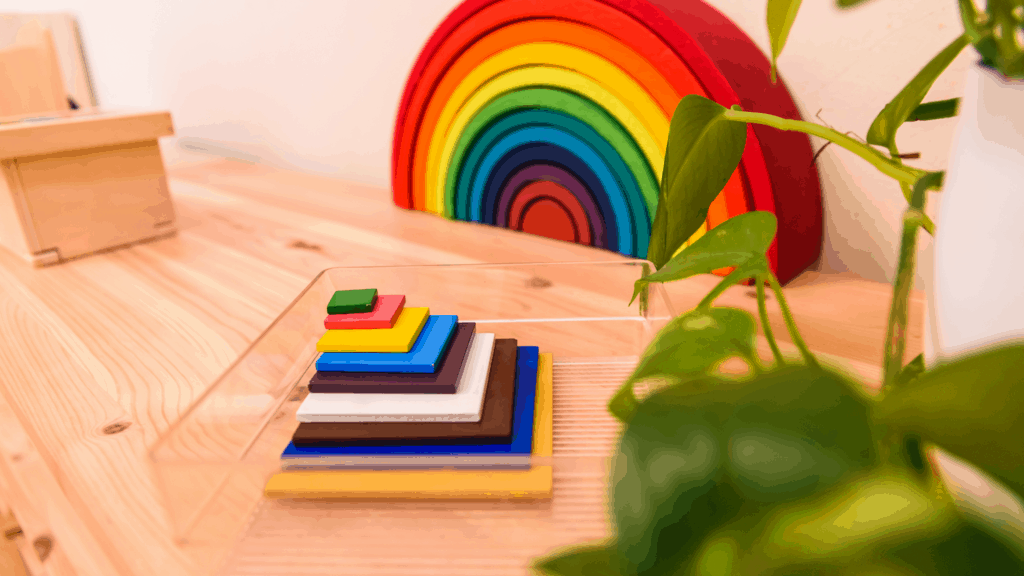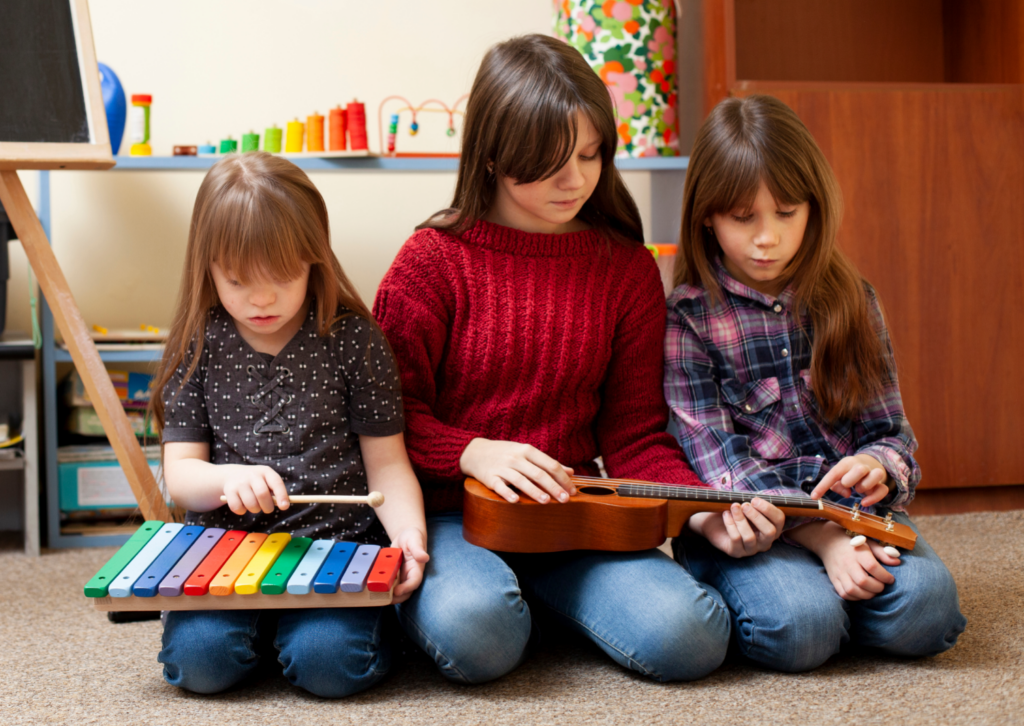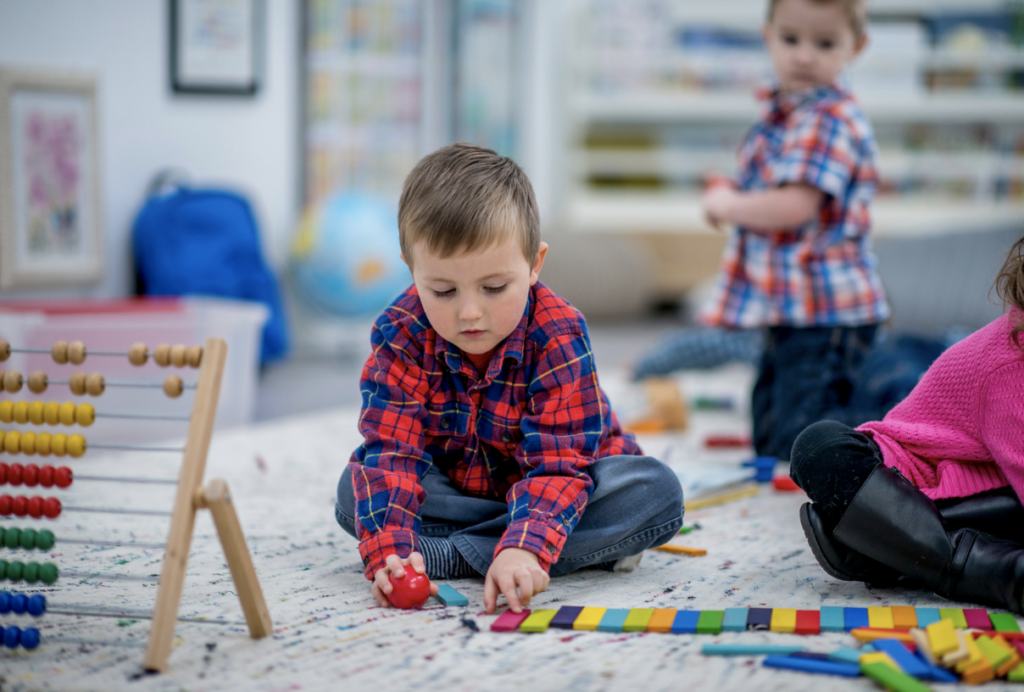Most of us who learned to read in a school setting started by learning the names of the letters of the alphabet before moving on to letter sounds.
Montessori teaches writing before reading because it works well for young learners who learn best by doing and making. This fosters a positive relationship with letters and words that students can carry on into later grades. Children in
You’re probably wondering how this all works! Continue reading to learn about the benefits of learning to write before learning to read, how
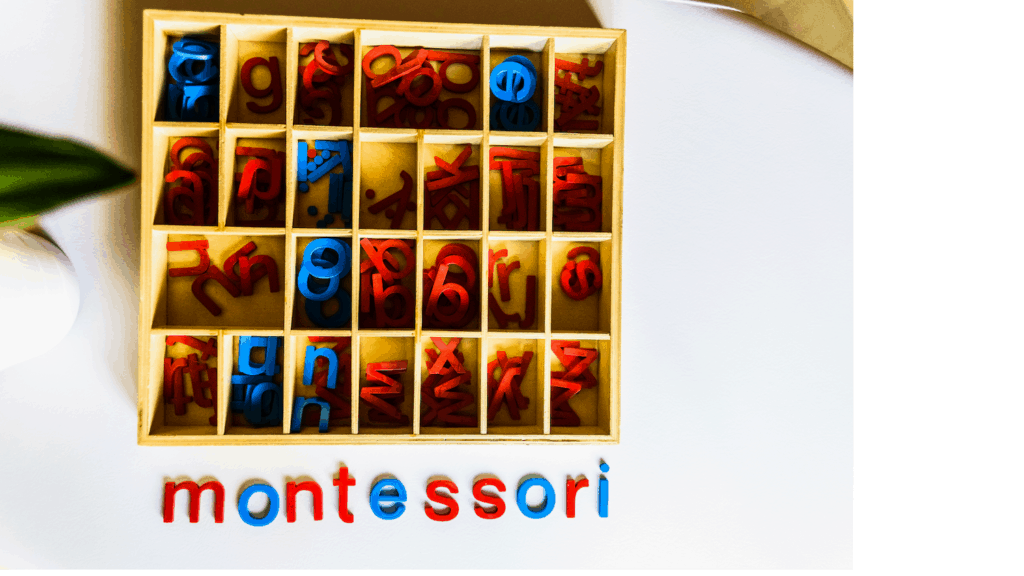
Why Writing Comes First in Montessori Schools
Maria Montessori, the educator who created the
- It works.
Montessori educators wouldn’t use this method if it didn’t work! Anecdotal evidence suggests that learning to write before learning to read is an organic and natural process that fosters a love of language. - It is efficient. In theory, once a child has learned to write, they have everything they need to read successfully. They have a running start on reading mastery.
- It is a hands-on approach. Most young learners do best with a hands-on approach to learning. Learning to read in the traditional way does not allow for hands-on learning. Learning to write means that students are doing, creating, and building, which is where they thrive.
- It allows children to pursue reading on their own. Once your child has begun using letters to write, they’re going to begin to read on their own and continue at their own pace. This child-led learning is priceless because it fosters a positive relationship with learning and shows children that they can learn on their own.
- It lets students work at their own pace. Learning to write first allows students to attempt reading when they’re ready for it and curious about it, which is the best time to learn. Learning to read when a child is prepared helps develop a positive relationship with reading.
- It encourages students to connect words with their meanings. Many children can decode words at an early age, but understanding and making meaning from words on a page is entirely different. By learning to write before reading, students learn to make meaning with letters.
As you can see, the benefits of learning to write before reading are substantial and allow students to build a firm foundation and a love of language before delving into the world of words.
How Does Montessori Teach Writing and Reading?
You’re probably curious to know how teaching writing before reading is even possible. The process is fairly simple, but it can take time, depending on the child. It should never be rushed. The most important thing is not that they read or write at an early age, but that they love language!
- At around 3-4 years old: students in
Montessori schools begin to learn letter sounds and forms a couple at a time. This is taught using sandpaper cards, which the student traces with their finger as they say the sound. Sound trays and sound-matching activities may be used as well. The names of letters are not usually taught at this stage.

- Once the student has learned the letter sounds: they move on to a moveable alphabet like this one to build words. This may start out by copying words already written out for them but eventually move on to building words on their own.

- Pre-writing activities begin. Many of the fine motor skills required to write are developed by doing meaningful and practical activities. When the student is ready, they will begin to do some more formal pre-writing activities like writing a later in a salt tray or tracing lines with their fingers.
- Once the student is ready to begin writing in earnest: they will use a chalkboard with wide lines to practice writing letters. This is a more tactile experience compared to writing on paper, and it promotes fine motor development.
By the time students are writing words in chalk or on paper, they are usually beginning to read. This typically happens by the age of 5, but everyone’s timeline is different. Students continue to make gains in literacy by being read to frequently. Vocabulary is introduced first by real-life experience (when possible) and then by terminology.
Montessori Activities to Develop Fine Motor Skills
Pre-writing activities are usually the best place to start before learners are ready to begin on letter sounds. There are so many engaging and simple activities you can set up at this stage! Let’s take a look at some of the best.
Making Art!
Before a child can learn to make letters, they certainly need to be able to explore and create lines and shapes. This doesn’t have to be a bore. Here are some ideas:
- Drawing in a salt or sand tray with fingers, sticks, or non-conventional items like rocks or toys.
- Tracing simple shapes will help build hand-eye coordination. Start simple with large markers and straight lines.
- Painting can be done with fingers, to begin with, but you could also use foam brushes, paintbrushes, sticks, q-tips, and other fun kid-friendly items. Painting objects (rocks, pinecones, sticks) may be more engaging and easier for younger children.
- Stamping also requires learners to practice fine motor skills and can be really rewarding for the student because the finished product will look like something!
- Dauber activities using kid-friendly bingo daubers like these get some kids really excited about making art with their vibrant marker like colors.
Tweezer Activities
If the child can manage to use tweezers, then definitely include some of these activities in your rotation. Tweezer activities involve using tweezers to move objects from a bowl or tray to another bowl or tray or onto a specific location. You can start with something like craft pom poms that are larger and easier to pick up.

Tweezer activities work the muscles in the hand required for writing, and kids usually love these activities!
Clothespin activities, where a clothespin is used to select the appropriate answer on a card, work the same muscles, but they require a knowledge base that very young children might not have.
Puzzles
Insert puzzles, especially those with the tiny pegs on each piece, are all around good for children as they practice hand-eye coordination, problem-solving, and fine motor skills.

Jigsaw puzzles also help children practice fine motor skills. Start with large, sturdy 2-4 piece puzzles.
Playdough
Playdough is a favorite among children, and it is excellent for working the hands. Think of all the rolling, pulling, twisting, and tearing involved in making a playdough masterpiece.
If you have a pair of playdough scissors, this is a great and safe place to start with learning to cut.
Bonus learning activity: You could have learners help to make their own playdough!
Tearing and Cutting
Young children like to tear things. You can capitalize on this love by providing opportunities to tear paper into pieces.
This doesn’t have to be wasteful. You can later use this paper for collages, or you can use paper that would have ended up in the recycling bin anyway.
If the student is ready to handle scissors safely (which usually happens much earlier than you’re willing to put a pair of scissors in their hands), then snipping at the edge of the paper or cutting narrow strips of paper will get those hand muscles working.
Eye Dropper Activities
You may have noticed that children get excited about activities with water. Well, using an eyedropper or pipette to move liquid from one container to another is no different, and the pinching motion required works the hand muscles. This jumbo eyedropper set is a great choice.
Conclusion
For those who didn’t grow up in
See also: How Montessori Pink, Blue, and Green Series Can Teach your Child to Read and Write.
See also: How and Why Montessori Teaches Writing Before Reading.
